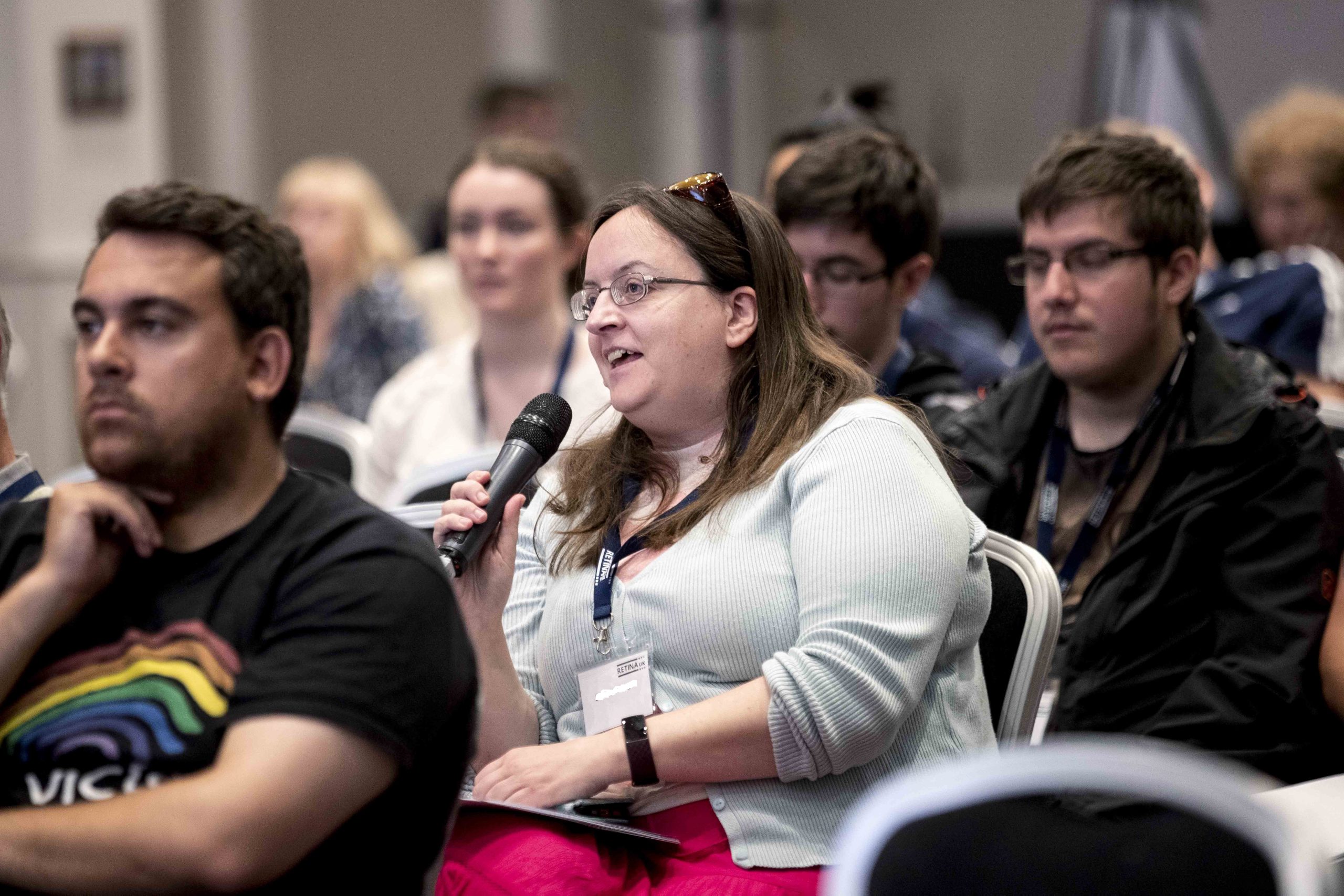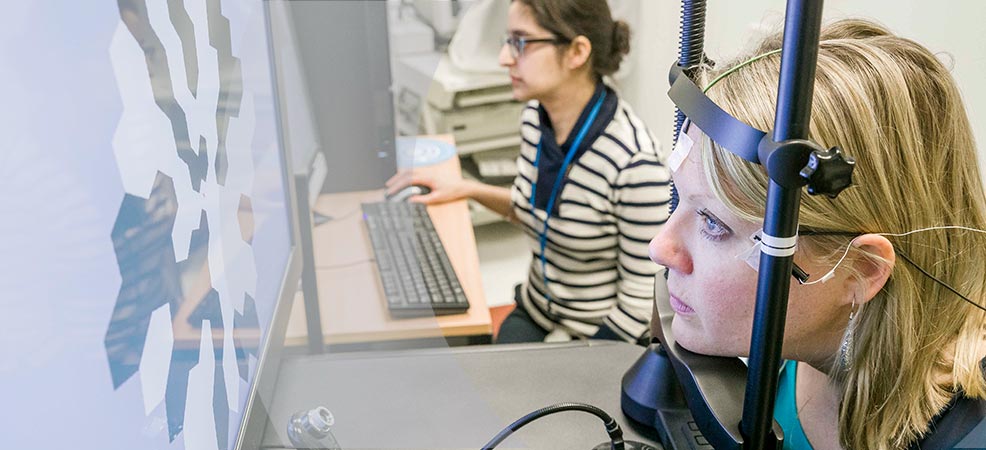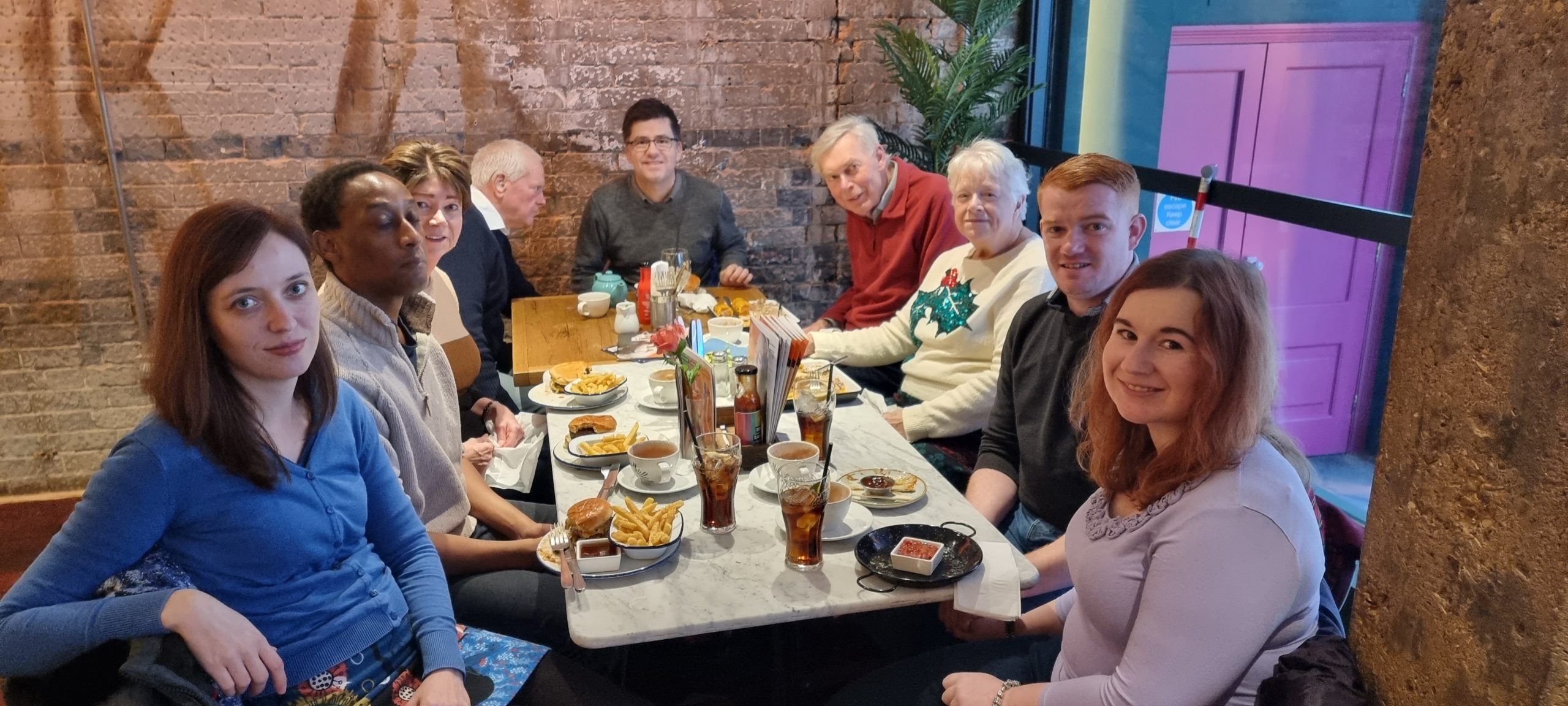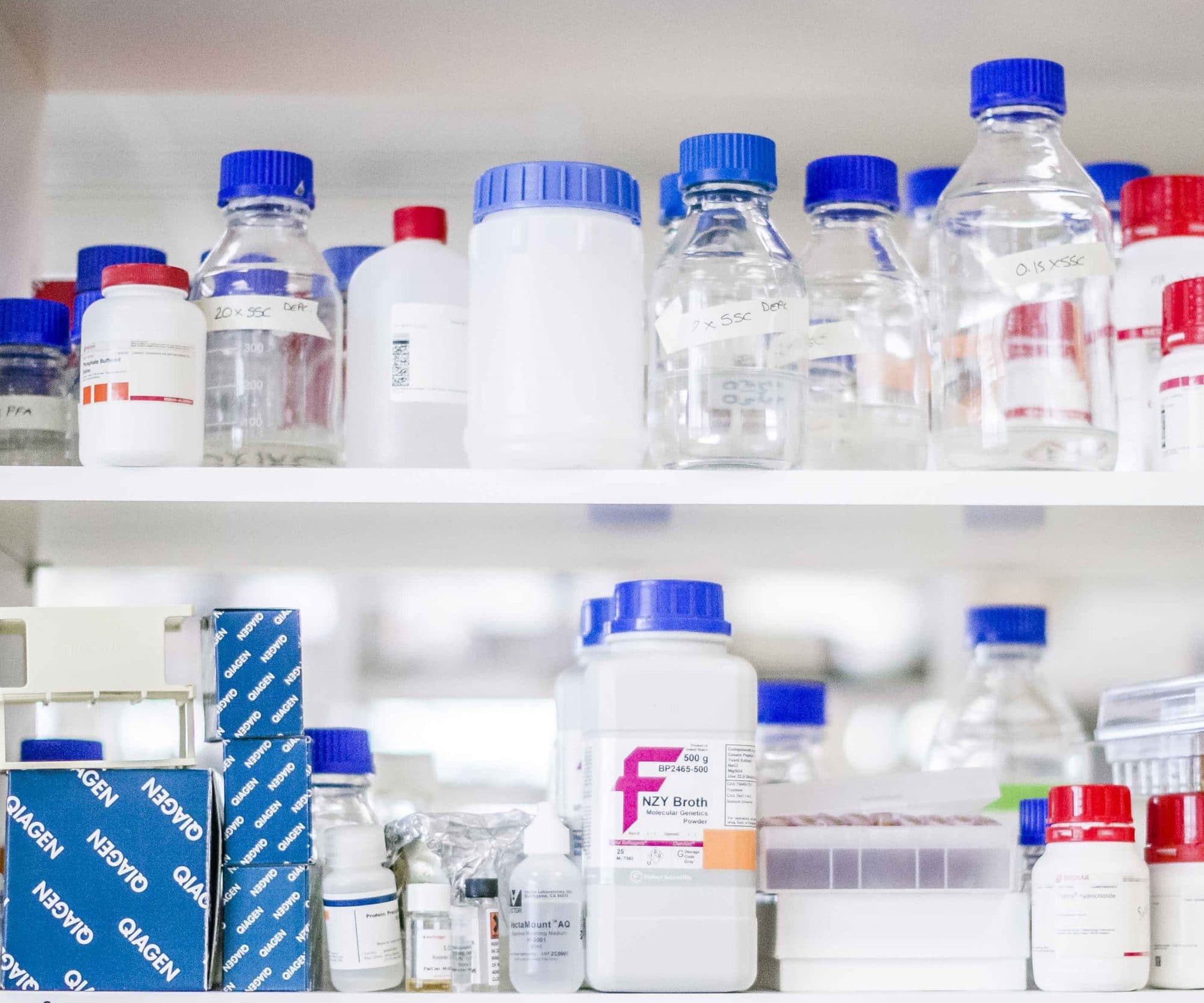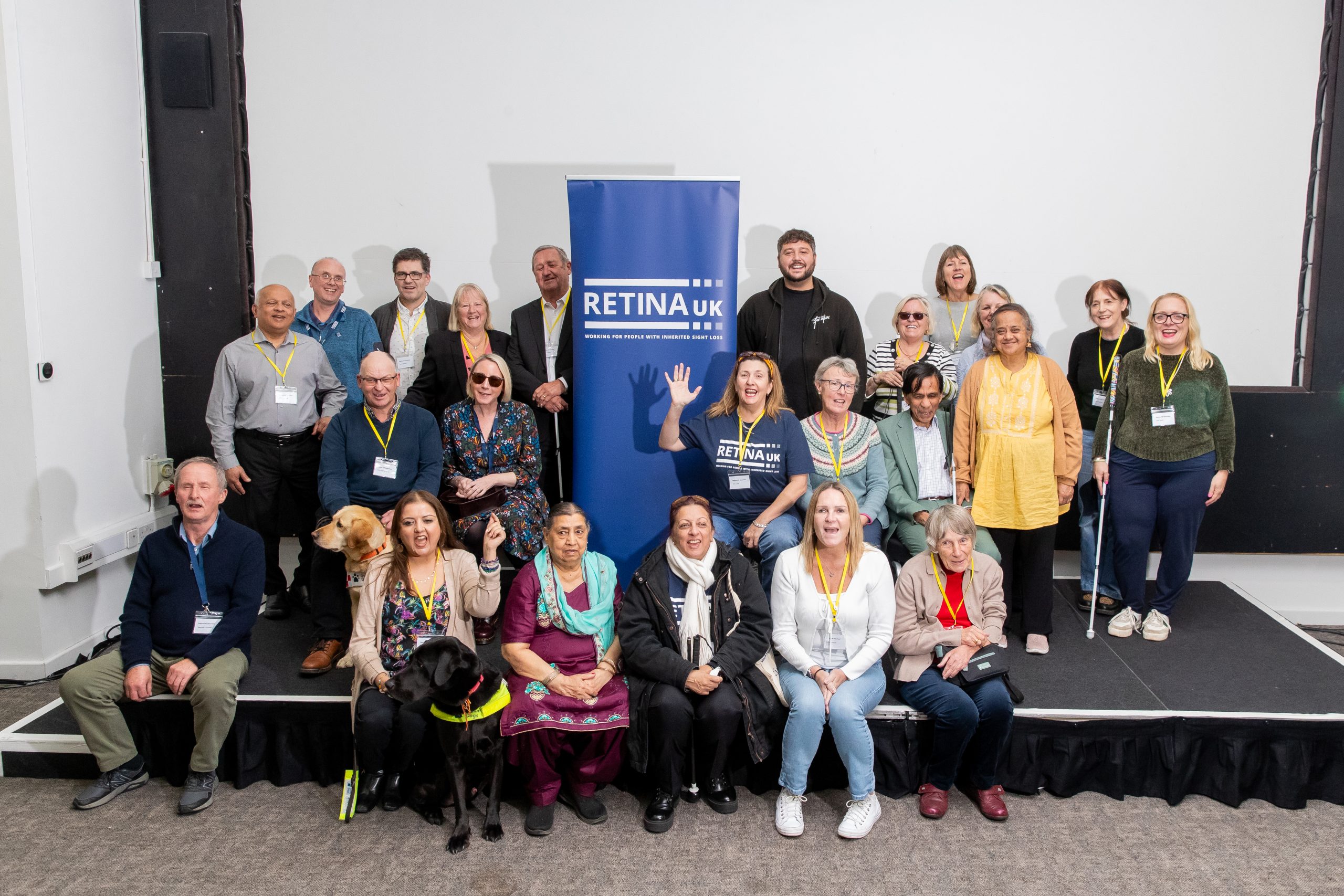It is characterised by drusen forming near the macula, and at the point where the optic nerve enters the eye. Drusen are start small, round white spots which gradually grow together, forming a honeycomb pattern.
Symptoms
People with Doyne honeycomb dystrophy may notice problems seeing detail, distortion, for example, straight lines looking wobbly, gaps in the centre of their vision, and difficulty adapting to changes in light level. Doyne honeycomb dystrophy usually develops in early-to-mid adulthood, although occasionally teenagers are affected. Once the drusen appear, people gradually lose their central vision, although peripheral (side) vision is not affected. Some people have more rapid sight loss caused by new blood vessels growing behind the macula.
Cause
Doyne honeycomb dystrophy is caused by mutations in the EFEMP1 gene. This causes the gene to ‘fold’ a protein incorrectly and stops it breaking down as it should. The protein then builds up to create drusen inside the tissue of the eye which stops nutrients entering from blood vessels to the light sensing cells that need them. Doyne honeycomb dystrophy is inherited in an autosomal dominant pattern meaning that only one copy of a person’s gene must be faulty for the condition to occur.
Treatment
Currently there is no treatment for doyne honeycomb syndrome however, a low vision specialist can help recommend resources and services to help the individual adapt. Care under the supervision of an ophthalmologist is recommended.
For support
The Retina UK Helpline provides information, support and signposting for people affected by inherited sight loss as well as healthcare and education professionals.
Contact 0300 111 4000 (9.00am – 5.00pm Monday to Friday and Tuesday and Thursday evenings 5.00pm – 8.00pm) or email [email protected].


